-
 Bitcoin
Bitcoin $108,960.1513
0.84% -
 Ethereum
Ethereum $2,578.1548
2.56% -
 Tether USDt
Tether USDt $1.0001
-0.02% -
 XRP
XRP $2.2702
1.71% -
 BNB
BNB $662.6676
1.28% -
 Solana
Solana $152.6556
3.53% -
 USDC
USDC $0.9999
0.00% -
 TRON
TRON $0.2865
0.80% -
 Dogecoin
Dogecoin $0.1726
5.60% -
 Cardano
Cardano $0.5883
2.60% -
 Hyperliquid
Hyperliquid $39.9405
3.10% -
 Sui
Sui $2.9147
1.24% -
 Bitcoin Cash
Bitcoin Cash $493.8494
2.04% -
 Chainlink
Chainlink $13.6129
3.68% -
 UNUS SED LEO
UNUS SED LEO $9.0589
0.46% -
 Avalanche
Avalanche $18.2965
2.82% -
 Stellar
Stellar $0.2493
4.35% -
 Shiba Inu
Shiba Inu $0.0...01178
2.25% -
 Toncoin
Toncoin $2.8078
-6.81% -
 Hedera
Hedera $0.1604
4.96% -
 Litecoin
Litecoin $87.8270
1.20% -
 Monero
Monero $320.4173
1.87% -
 Polkadot
Polkadot $3.4079
1.81% -
 Dai
Dai $1.0000
0.00% -
 Ethena USDe
Ethena USDe $1.0000
-0.01% -
 Bitget Token
Bitget Token $4.4122
0.50% -
 Uniswap
Uniswap $7.3890
1.84% -
 Aave
Aave $286.0205
5.66% -
 Pepe
Pepe $0.0...01012
4.35% -
 Pi
Pi $0.4643
3.14%
How is the transaction fee of BitFlyer calculated?
BitFlyer's fees vary by trade type, platform, and volume; makers pay 0.01-0.15%, takers 0.03-0.20%. Higher volumes lower fees, impacting trading strategies.
Apr 16, 2025 at 08:43 am

BitFlyer, one of Japan's leading cryptocurrency exchanges, has a well-defined structure for calculating transaction fees, which can vary based on several factors including the type of trade, the trading volume, and whether you are a maker or a taker in the trade. Understanding how these fees are calculated is crucial for traders looking to optimize their trading strategies and minimize costs.
Types of Trades on BitFlyer
BitFlyer offers different types of trading platforms, including the Lightning Exchange for advanced traders and the Simple Exchange for beginners. The type of trade you execute on these platforms can influence the transaction fee you pay.
- Lightning Exchange: This platform is designed for professional traders and offers lower fees compared to the Simple Exchange. The fees here are based on whether you are a maker or a taker.
- Simple Exchange: This platform is more user-friendly and typically has higher fees than the Lightning Exchange. The fees here are fixed and do not vary based on maker or taker status.
Maker vs. Taker Fees
A significant factor in determining your transaction fee on BitFlyer's Lightning Exchange is whether you are classified as a maker or a taker.
- Maker Fee: You are considered a maker if your order adds liquidity to the order book, meaning you place an order that does not immediately match with an existing order. Maker fees on BitFlyer are generally lower, often around 0.01% to 0.15% depending on your trading volume.
- Taker Fee: You are a taker if your order removes liquidity from the order book by matching with an existing order. Taker fees are higher, typically ranging from 0.03% to 0.20% depending on your trading volume.
Trading Volume and Fee Tiers
BitFlyer uses a tiered fee structure based on the total trading volume over the past 30 days. The higher your trading volume, the lower your transaction fees will be. This structure encourages more trading activity on the platform.
- For makers: The fee can start at 0.15% for volumes below 500,000 JPY and can go as low as 0.01% for volumes above 50,000,000,000 JPY.
- For takers: The fee can start at 0.20% for volumes below 500,000 JPY and can go as low as 0.03% for volumes above 50,000,000,000 JPY.
Calculating Your Transaction Fee
To calculate your transaction fee on BitFlyer, you need to consider the following steps:
- Determine the Type of Trade: Identify whether you are using the Lightning Exchange or the Simple Exchange.
- Identify Maker or Taker Status: If using the Lightning Exchange, determine if your order is a maker or a taker.
- Check Your Trading Volume: Calculate your total trading volume over the past 30 days to find out which fee tier you fall into.
- Apply the Appropriate Fee: Use the fee tier to apply the correct maker or taker fee to your trade.
For example, if you are trading on the Lightning Exchange with a 30-day trading volume of 10,000,000 JPY and you place a maker order, your fee would be 0.05%. If you placed a taker order with the same volume, your fee would be 0.08%.
Withdrawal Fees
In addition to transaction fees, BitFlyer also charges withdrawal fees for moving cryptocurrencies off the platform. These fees are fixed and vary depending on the cryptocurrency you are withdrawing.
- Bitcoin (BTC): The withdrawal fee is typically around 0.0004 BTC.
- Ethereum (ETH): The withdrawal fee is usually around 0.005 ETH.
- Other cryptocurrencies: Fees for other cryptocurrencies can be found on BitFlyer's fee schedule.
How to View and Understand Your Fees on BitFlyer
BitFlyer provides a clear and transparent way for users to view their fees. Here’s how you can check your fees:
- Log into Your BitFlyer Account: Navigate to the BitFlyer website and log in to your account.
- Go to the Fee Schedule Page: Look for the section labeled "Fees" or "Fee Schedule." This page will provide detailed information on the current fee structure.
- Check Your Trading History: In your account dashboard, you can view your trading history, which includes the fees charged for each transaction.
- Use the Fee Calculator Tool: BitFlyer may offer a fee calculator tool on their website, which allows you to input your trading volume and see the applicable fees.
Impact of Fees on Trading Strategy
Understanding the fee structure can significantly impact your trading strategy. Traders who aim to minimize costs often focus on becoming makers rather than takers and strive to increase their trading volume to qualify for lower fee tiers.
- Focus on Maker Orders: By placing limit orders that do not immediately match with existing orders, you can benefit from lower maker fees.
- Increase Trading Volume: Regular trading can help you move up the fee tiers, reducing the cost per trade over time.
- Consider the Simple Exchange for Small Trades: If you are making small trades, the fixed fees of the Simple Exchange might be more cost-effective than the variable fees of the Lightning Exchange.
Frequently Asked Questions
Q: Can I reduce my transaction fees on BitFlyer by using a specific payment method?
A: No, BitFlyer's transaction fees are based on the type of trade, maker or taker status, and trading volume, not on the payment method used. However, some payment methods may have associated fees when depositing funds into your account.
Q: Are there any discounts or promotions available for BitFlyer transaction fees?
A: BitFlyer occasionally runs promotions that may offer reduced fees or other benefits. It's advisable to check the BitFlyer website or subscribe to their newsletter to stay updated on any current promotions.
Q: How often does BitFlyer update its fee structure?
A: BitFlyer may update its fee structure periodically, typically to reflect changes in market conditions or to offer competitive rates. Users should check the fee schedule regularly to stay informed about any changes.
Q: Does BitFlyer charge any fees for depositing funds into my account?
A: BitFlyer does not charge fees for depositing funds via bank transfer or credit card, but some payment providers may charge their own fees. It's important to check with your payment provider for any associated costs.
Disclaimer:info@kdj.com
The information provided is not trading advice. kdj.com does not assume any responsibility for any investments made based on the information provided in this article. Cryptocurrencies are highly volatile and it is highly recommended that you invest with caution after thorough research!
If you believe that the content used on this website infringes your copyright, please contact us immediately (info@kdj.com) and we will delete it promptly.
- Babylon, Bitcoin, and the EVM Mainnet: A New Era for BTCFi?
- 2025-07-07 16:30:11
- Queen Elizabeth Coin Sells for £31,000: A Royal Fortune in Your Pocket?
- 2025-07-07 16:30:11
- Altcoin Season on the Horizon? Michael van de Poppe Eyes a Potential 76% Surge
- 2025-07-07 16:35:12
- Pi Network Price Prediction: Is $1,000 Realistic?
- 2025-07-07 14:30:13
- Cryptocurrency Fraud: Secret Service Issues Warning Amidst Rising Scams
- 2025-07-07 14:30:13
- XRP Price & Bitcoin to $3.4M by 2030? A NYC Perspective
- 2025-07-07 14:50:12
Related knowledge
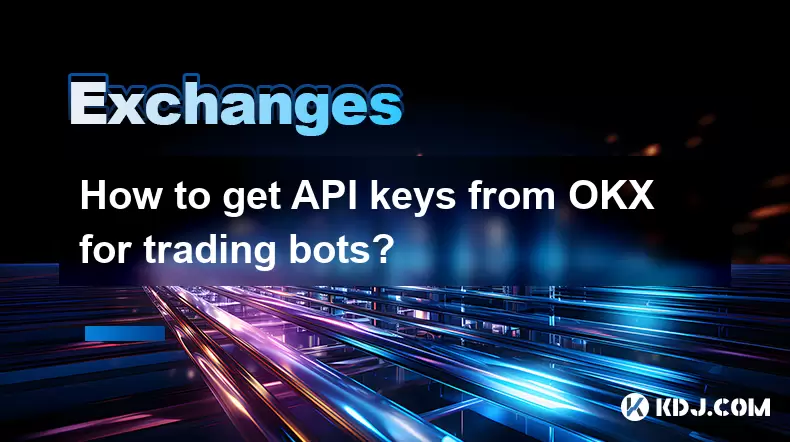
How to get API keys from OKX for trading bots?
Jul 03,2025 at 07:07am
Understanding API Keys on OKXTo interact with the OKX exchange programmatically, especially for building or running trading bots, you need to obtain an API key. An API (Application Programming Interface) key acts as a secure token that allows your bot to communicate with the exchange's servers. On OKX, these keys come with customizable permissions such ...
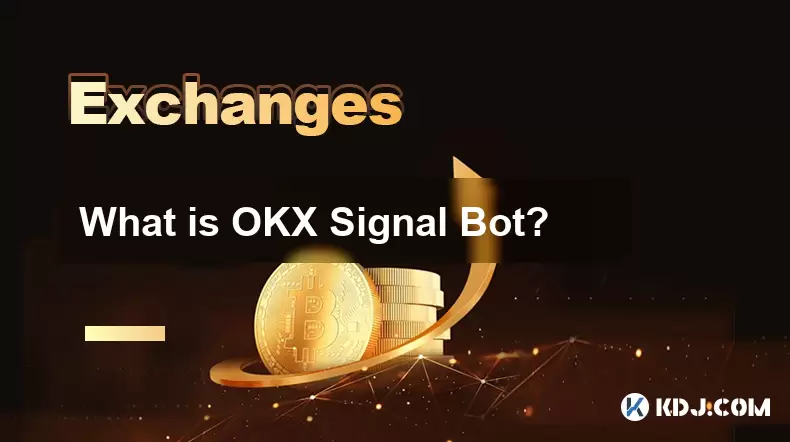
What is OKX Signal Bot?
Jul 02,2025 at 11:01pm
Understanding the Basics of OKX Signal BotThe OKX Signal Bot is a feature within the OKX ecosystem that provides users with automated trading signals and execution capabilities. Designed for both novice and experienced traders, this bot helps identify potential trading opportunities by analyzing market trends, technical indicators, and historical data. ...
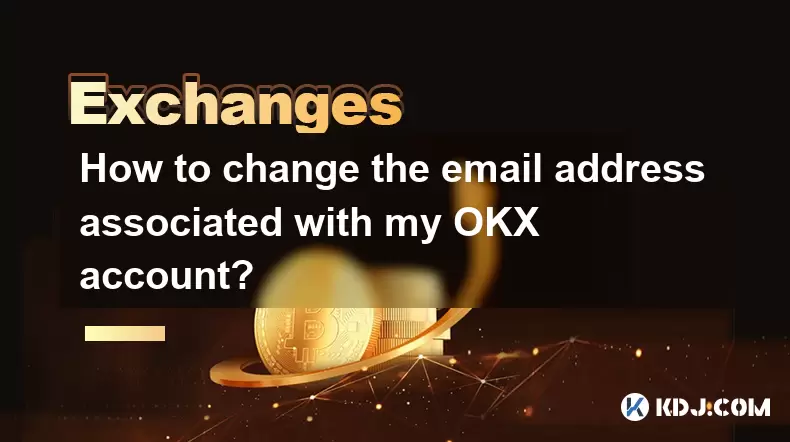
How to change the email address associated with my OKX account?
Jul 07,2025 at 08:07am
How to Change the Email Address Associated with My OKX Account?Changing the email address associated with your OKX account is a crucial process that ensures you maintain control over your digital assets and account security. Many users may find themselves needing to update their registered email due to various personal or technical reasons, such as swit...
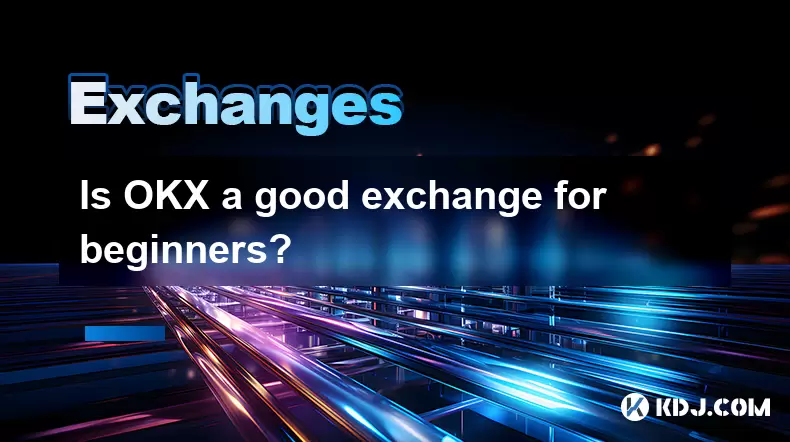
Is OKX a good exchange for beginners?
Jul 03,2025 at 05:00pm
What Is OKX and Why Is It Popular?OKX is one of the leading cryptocurrency exchanges globally, known for its robust trading infrastructure and a wide variety of digital assets available for trading. It supports over 300 cryptocurrencies, including major ones like Bitcoin (BTC), Ethereum (ETH), and Solana (SOL). The platform has gained popularity not onl...
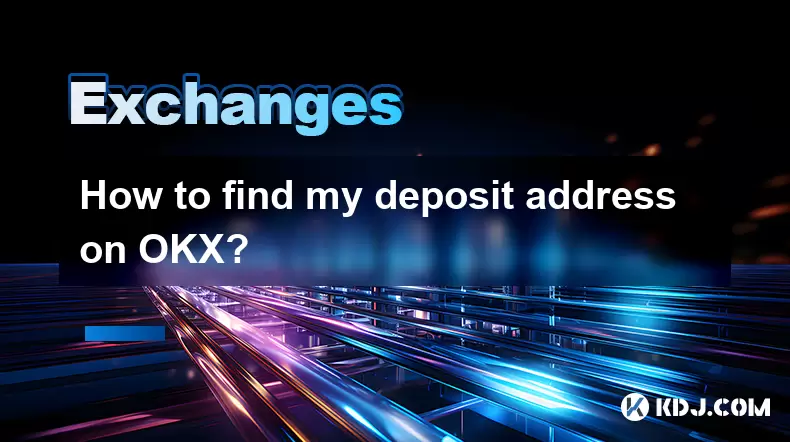
How to find my deposit address on OKX?
Jul 06,2025 at 02:28am
What is a Deposit Address on OKX?A deposit address on OKX is a unique alphanumeric identifier that allows users to receive cryptocurrencies into their OKX wallet. Each cryptocurrency has its own distinct deposit address, and using the correct one is crucial to ensure funds are received properly. If you're looking to transfer digital assets from another ...
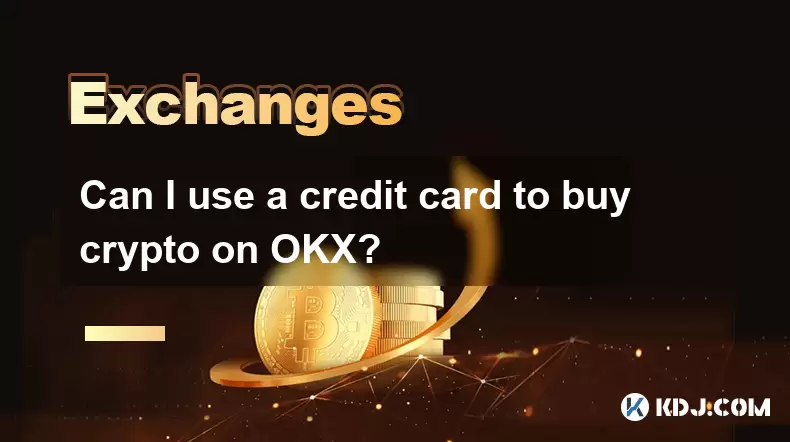
Can I use a credit card to buy crypto on OKX?
Jul 04,2025 at 04:28am
Understanding OKX and Credit Card PaymentsOKX is one of the leading cryptocurrency exchanges globally, offering a wide range of services including spot trading, derivatives, staking, and more. Users often wonder whether they can use a credit card to buy crypto on OKX, especially if they are new to the platform or looking for quick ways to enter the mark...

How to get API keys from OKX for trading bots?
Jul 03,2025 at 07:07am
Understanding API Keys on OKXTo interact with the OKX exchange programmatically, especially for building or running trading bots, you need to obtain an API key. An API (Application Programming Interface) key acts as a secure token that allows your bot to communicate with the exchange's servers. On OKX, these keys come with customizable permissions such ...

What is OKX Signal Bot?
Jul 02,2025 at 11:01pm
Understanding the Basics of OKX Signal BotThe OKX Signal Bot is a feature within the OKX ecosystem that provides users with automated trading signals and execution capabilities. Designed for both novice and experienced traders, this bot helps identify potential trading opportunities by analyzing market trends, technical indicators, and historical data. ...

How to change the email address associated with my OKX account?
Jul 07,2025 at 08:07am
How to Change the Email Address Associated with My OKX Account?Changing the email address associated with your OKX account is a crucial process that ensures you maintain control over your digital assets and account security. Many users may find themselves needing to update their registered email due to various personal or technical reasons, such as swit...

Is OKX a good exchange for beginners?
Jul 03,2025 at 05:00pm
What Is OKX and Why Is It Popular?OKX is one of the leading cryptocurrency exchanges globally, known for its robust trading infrastructure and a wide variety of digital assets available for trading. It supports over 300 cryptocurrencies, including major ones like Bitcoin (BTC), Ethereum (ETH), and Solana (SOL). The platform has gained popularity not onl...

How to find my deposit address on OKX?
Jul 06,2025 at 02:28am
What is a Deposit Address on OKX?A deposit address on OKX is a unique alphanumeric identifier that allows users to receive cryptocurrencies into their OKX wallet. Each cryptocurrency has its own distinct deposit address, and using the correct one is crucial to ensure funds are received properly. If you're looking to transfer digital assets from another ...

Can I use a credit card to buy crypto on OKX?
Jul 04,2025 at 04:28am
Understanding OKX and Credit Card PaymentsOKX is one of the leading cryptocurrency exchanges globally, offering a wide range of services including spot trading, derivatives, staking, and more. Users often wonder whether they can use a credit card to buy crypto on OKX, especially if they are new to the platform or looking for quick ways to enter the mark...
See all articles

























































































